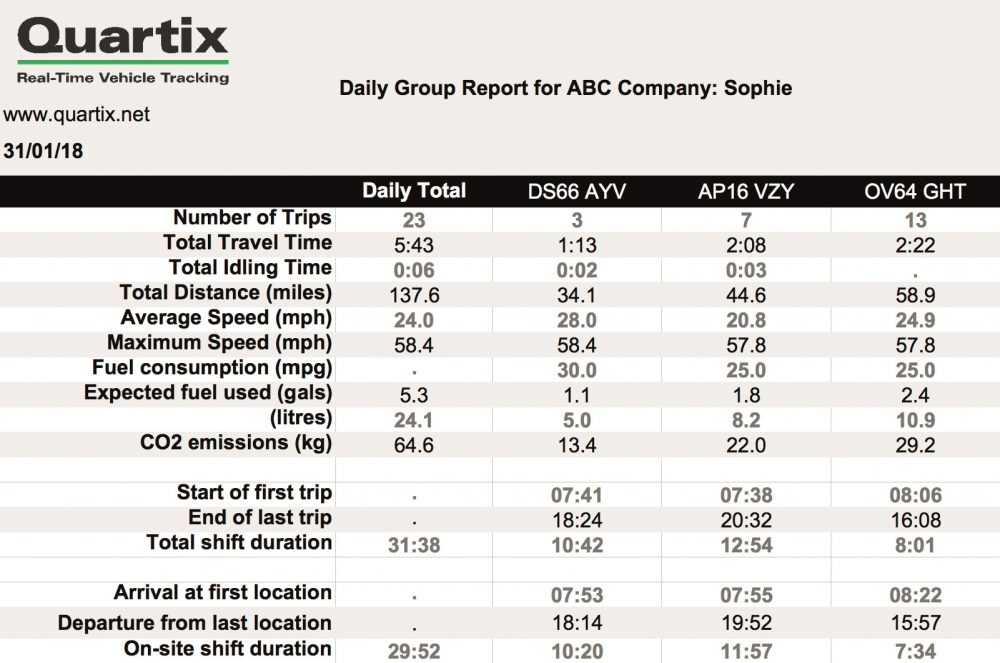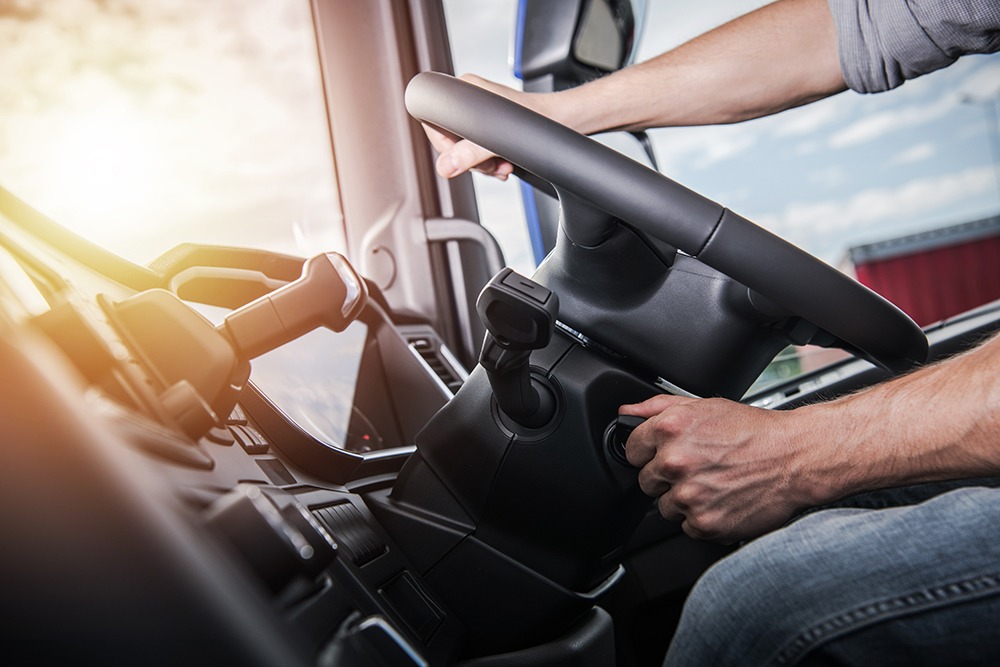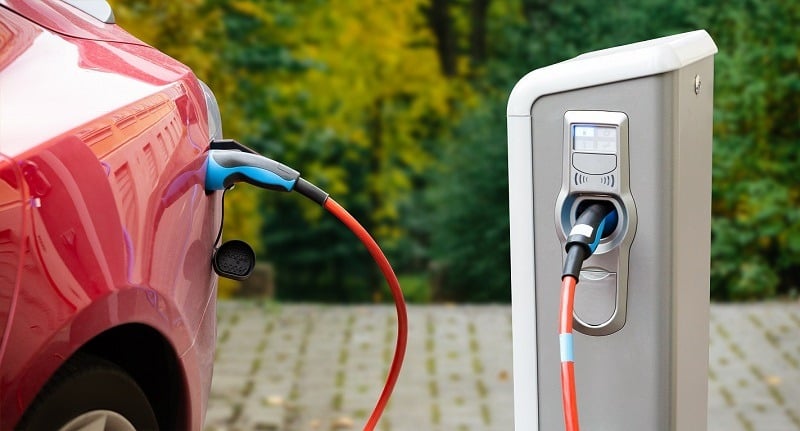Go green with Quartix!
Operating a greener fleet reduces carbon emissions reduces costs and increases productivity for businesses of all sizes. In honour of St. Patrick’s Day, we’re exploring the different ways companies can “go green.” To mark the event, the Quartix team have gone green, literally!
A good vehicle tracking system helps many businesses improve their carbon footprint. This comes with the added benefit of reports and tools that allow them to measure driver performance, a key factor in reducing overall emissions. Others rely on Eco-Driving, a style of driving behaviour that can reduce fuel consumption and minimise vehicle maintenance.
Here are a few simple ways that you can run a greener fleet.

Improving driving styles
Monitoring driving style across your fleet can help you lower instances of speeding and reduce harsh braking and acceleration. If your system provides each of your drivers or vehicles with an overall score based on these three criteria, it’s easy to see where improvements need to be made, especially if the system displays the scores in a league-style table. Speed analysis reports let you see specific instances where a driver exceeded the speed limit or went above what’s considered a safe speed for that stretch of road.
Improving your fleet’s driving style minimises CO2 emissions from your vehicles, helps save fuel and reduces the risk of accidents on the road, making your fleet safer and cheaper to run.
Trip reporting & route maps
Vehicle tracking shows you the total mileage for your fleet. Driving hours and idling times over a specified period are displayed in simple, easy to read reports, whether you need to see the data by driver or by vehicle. Acting on this insight can improve overall productivity and reduce employee overtime by up to 15%.
A good system shows you the routes your drivers are taking every day, letting you see where they overlap. Armed with this knowledge, you can streamline your drivers’ daily routines, eliminating unnecessary vehicle usage and the emissions that go with it.
Reducing idling times
Traffic is the number one source of idling, but live tracking with traffic information can help your drivers avoid areas of severe congestion, allowing them to take routes that will keep them moving. Instances where the engine is left running unnecessarily, for example when the vehicle is parked, can also be identified and corrected.
Knowing how your drivers are performing out on the roads can help you to decrease idling times by up to 30%. Identifying where your drivers can decrease idling not only saves fuel, it also reduces the emissions your vehicles are releasing into the atmosphere.

Eco-driving
Eco-driving, or energy-efficient driving, is a way of driving that reduces fuel consumption and CO2 emissions, while decreasing the risk of accidents. For companies who adopt eco-driving, it can lead to significant savings, both in terms of fuel use and vehicle maintenance.
Embarking on an eco-driving initiative requires thought, planning, and awareness. The idea is for employees to drive smarter, better and to develop good driving practices. There are two points within a journey where simple actions will ensure that you and your employees are driving safely and efficiently.
When preparing for a trip and while on the trip, be sure to:
- Check your tyres – Check the pressure of your tyres at least once a month, and especially before long trips. Underinflated tyres increase rolling resistance, resulting in up to 5% more fuel consumption.
- Avoid unnecessary loads – The heavier a vehicle is, the more fuel it consumes. Avoid carrying or storing unnecessary equipment in your vehicles; this can lead to higher energy consumption.
- Check the overall condition of your vehicles – A poorly maintained vehicle can increase your fuel consumption. For example, a clogged air filter fills the engine with dirty air, leading to a loss in power from the internal combustion mixture. Regular maintenance of your fleet saves money on fuel and maintenance and extends the life of your vehicles.
- Use air conditioning wisely – Limit its use to just periods of extreme heat and consider venting the vehicle before starting your journey. At lower speeds, open the vehicle’s windows instead of using air conditioning. However, at higher speeds, it’s more fuel efficient to use the air conditioning.
- Avoid over-revving – To avoid overloading your engine, change gears around 2,500 rpm (2,000 rpm for a diesel vehicle). By using your engine optimally, you can reduce your fuel spend by a significant amount.
Creating a greener fleet is a long-term commitment, but it won’t just be the environment seeing the benefit—your bottom line will see the difference, too. With ever increasing guidelines on emissions and fuel efficiency, having a good vehicle tracking system or a policy of eco-friendly driving will help your organisation get ahead of the curve.
Download or eco driving guide to learn more!





